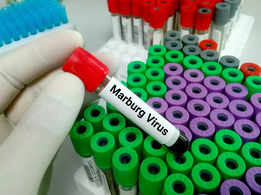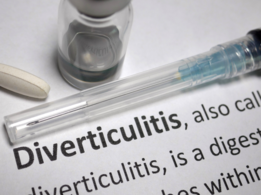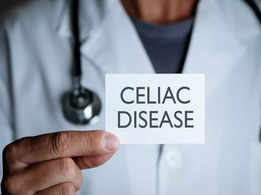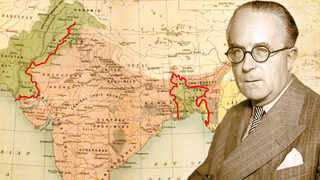01/7High cholesterol may give light to unusual signs

One of the top risk factors of heart diseases, including heart attack and stroke, high cholesterol is estimated to cause 2.6 million deaths worldwide, as per the World Health Organization (WHO).
Poor diet, obesity, physical inactivity, smoking and alcohol consumption are said to be some of the leading factors that increase 'bad' cholesterol levels in the body, making our lifestyle one of the primary culprits.
02/7What is high cholesterol?


Cholesterol is a waxy substance in the blood that helps build healthy cells in the body. Generally, there are two different types of cholesterol: Low-density lipoprotein (LDL), which are 'bad' cholesterol and High-density lipoprotein (HDL) also known as 'good' cholesterol.
That said, when there is too much of 'bad' cholesterol in the bloodstream, it can lead to plaque build-up or fatty deposits, which can hamper or block the flow of the blood to various parts of the body.
At times, these deposits can break suddenly and can form a clot that causes a heart attack or stroke.
Also read: High cholesterol symptoms: THIS colour in your leg could indicate high cholesterol
03/7A silent killer


Apart from high blood pressure, high cholesterol is also termed 'the silent killer' because it usually doesn't manifest itself through symptoms. These types of illnesses are dangerous and life-threatening and need close monitoring.
That said, while an increase in cholesterol levels may not directly kill you, if not diagnosed or treated early, it can increase your chances of developing heart diseases, which can be fatal.
04/7One warning sign of high cholesterol that may get missed


As discussed, high cholesterol may not show any signs. However, if left untreated for long, it can lead to a condition called atherosclerosis, wherein your arteries become clogged with fatty substances called plaques.
This can in turn block your arteries and stop the blood flow to your legs, giving light to another condition called peripheral arterial disease (PAD).
According to the UK's National Health Services (NHS), PAD can cause a smelly warning sign, which is associated with critical limb ischaemia (CLI) - an “extremely serious” complication that can be difficult to treat.
05/7What is critical limb ischaemia (CLI)?


Critical limb ischemia (CLI) refers to a severe blockage of the arteries in the lower body, which is said to reduce blood-flow. It is a more complicated form of peripheral arterial disease, or PAD, and more uncommon than claudication, pain in the legs or arms that takes place while walking or using the arms.
06/7Beware of peripheral artery disease (PAD)


According to the Mayo Clinic, peripheral artery disease (PAD) is a common condition in which narrowed arteries reduce blood flow to the arms or legs.
In this condition, the legs and the arms, mostly the legs, get affected and people experience pain while walking or using the arms.
PAD is usually a sign of fatty deposit build-up in the arteries, also called atherosclerosis.
07/7Get yourself tested


While high cholesterol does not usually cause symptoms or show signs, it is best to determine your levels through a blood test. Depending on your age, weight and other underlying condition, your doctor may suggest some tests and medications.
If your test results show cholesterol levels, start making necessary lifestyle changes, including a healthy diet, full of fruits and nutritious greens. Limit foods that are high in saturated fat and include regular exercise to your routine.

























































































closecomments
SIGN IN WITH
FacebookGoogleEmail